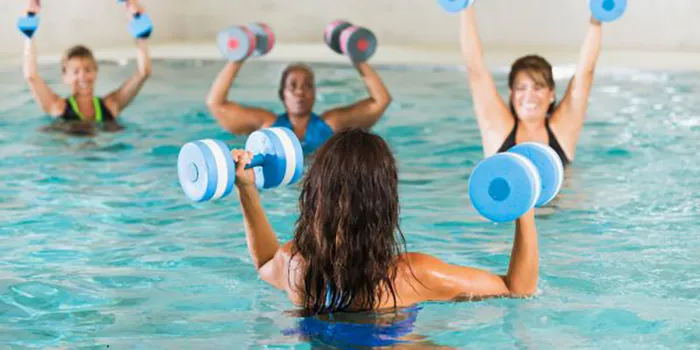“Ask a Social Worker” is a regular column featuring questions from the community and answers from members of NBDF’s Social Work Working Group. If you have questions for our social workers, send them to [email protected].
Dear Kara,
I’ve been hearing how physical activity is important for someone with a bleeding disorder, but then see a long list of activities that should be avoided — activities I was already doing before I was diagnosed. What gives?
Fair question. Honestly, it’s one that hemophilia treatment centers (HTCs) are asked often by patients and caregivers trying to find balance between sports, physical activity, and safety. And it’s one that’s frequently asked in confusion or disappointment by adolescents and young adults who are actively participating in contact sports when they receive a bleeding disorder diagnosis.
The National Bleeding Disorders Foundation (NBDF) summarizes well what research has revealed: “Physical activity is important for people with bleeding disorders. Safe physical activity can strengthen your musculoskeletal system. Your joints will become more stable, and you will be less likely to have bleeds and pain…”
Exercise and physical activity are good, but safety is key! Physical and sports activity recommendations are likely to vary since all people are different. Recommendations will also depend on the type and severity of your bleeding disorder and your current joint health, while also taking any additional health issues into consideration. Similarly, the risks that come with different sports and physical activities can vary, and deserve equal consideration.
This does not mean you’re supposed to live in a bubble. In hopes of providing guidance that will reduce serious injuries, and possibly even death from high-risk activities that pose a danger to even people living without a bleeding disorder, NBDF developed a comprehensive guide for staying active safely called Playing It Safe! Offering a scale of low- to high-risk activities, the guide allows you to easily find the risk level rating of various sports and activities you may be interested in or are currently active in.
Before You Start a New Sport or Physical Activity
Whatever the risk level, making a physical activity/sports plan with your HTC is a good first step. Here is a checklist to help start the conversation:
Talk to your HTC care team, especially your hematologist and physical therapist.
- Share what sports and activities you’re interested in, being honest about your hopes and/or concerns.
- Are there safety precautions or gear that can help protect you or lessen the chance of a serious bleed?
- Are there alternative treatment or factor options that could offer longer or better protection?
Weigh potential risks of the activities/sports you’re interested in.
- Are head or joint bleeds likely to occur? If so, are there things you can do to mitigate the risk of serious bleeds?
- Could long-term issues to your health or joints result from this sport or activity?
Know the signs and symptoms of various bleeds, including head bleeds.
Have a plan in place for treating bleeds and/or seeking emergency care before something happens.
We hope that these precautions will help you learn ways to safely enjoy an active lifestyle now and for many years to come. Take care!
— Kara Burge, LCSW
Burge works at the Arkansas Center for Bleeding Disorders at Arkansas Children’s Hospital in Little Rock and is a member of the Social Work Working Group.

